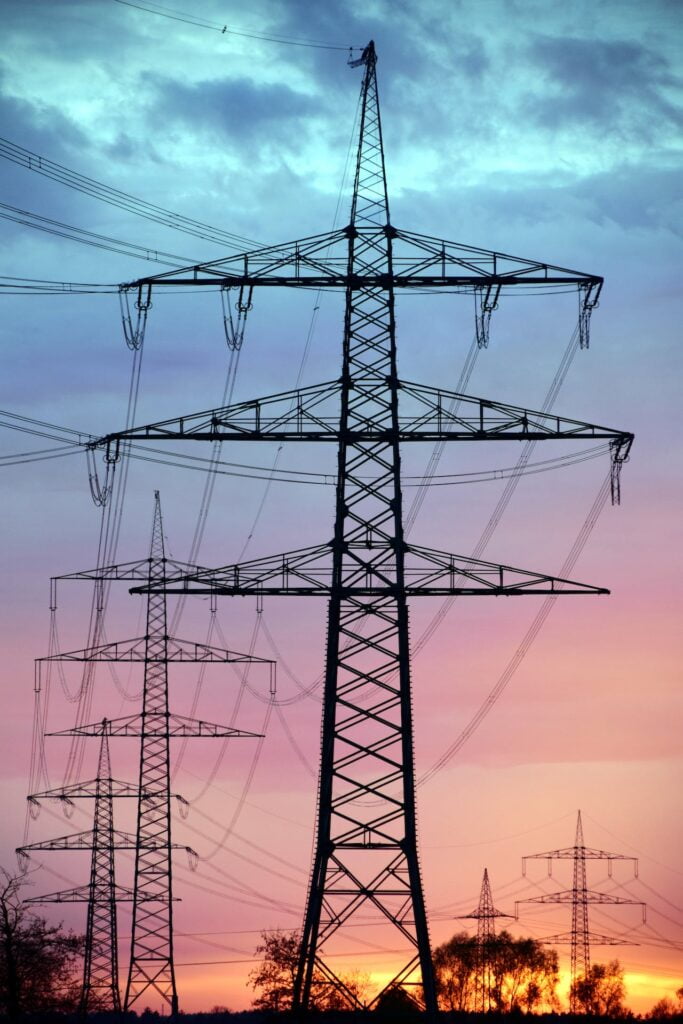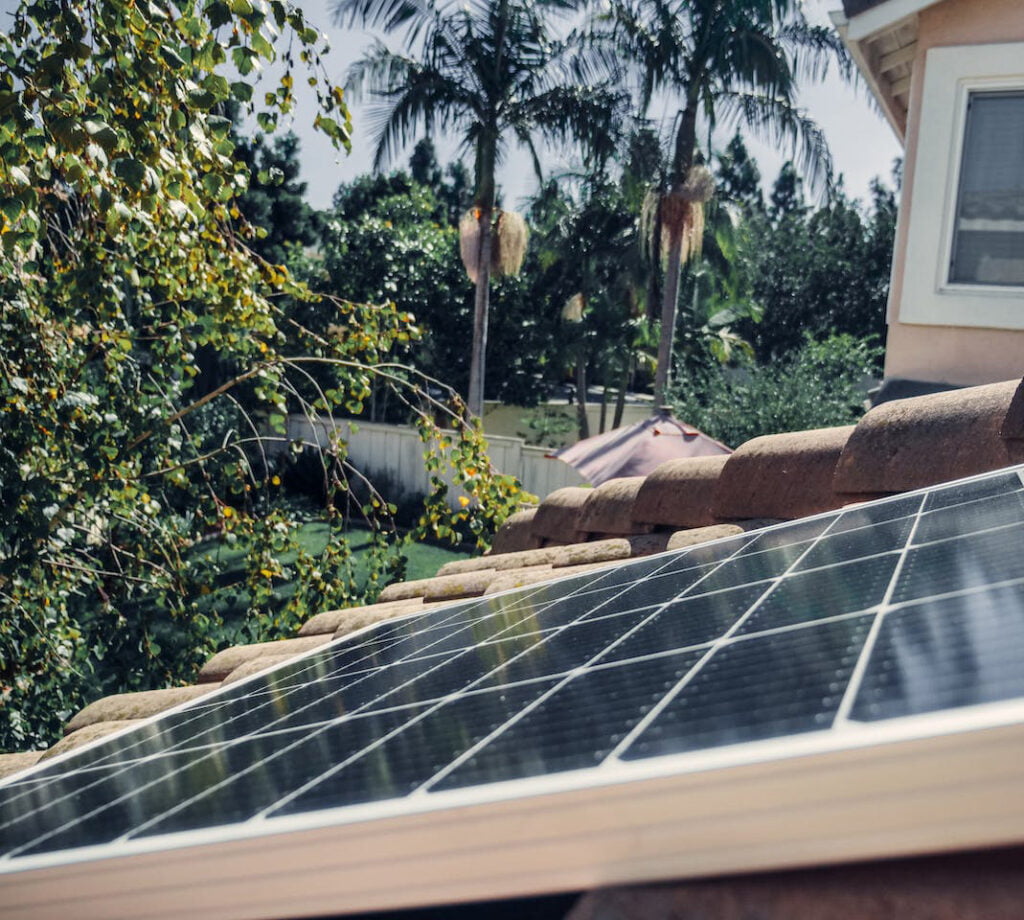Net Metering in the Southeast
Net metering in the Southeast stands at a pivotal crossroads, reflecting a region grappling with its growing energy demands and a burgeoning recognition of the potential of renewable energy. This policy, crucial for homeowners and businesses investing in solar power, allows them to feed excess electricity back into the grid in exchange for energy credits.
As states like South Carolina, Georgia, and Florida each chart their paths in renewable energy policies, net metering emerges as a key element in this transition. The Southeast’s sun exposure makes it ripe for solar energy exploitation, yet the varying state policies on net metering highlight the complex interplay between economic incentives, environmental stewardship, and energy independence in this dynamically evolving region.
What is Net Metering?
Net metering is a billing mechanism that allows individuals who generate their own electricity, typically through solar panels, to contribute excess energy back to the grid and receive credit for it. This system is designed to encourage the use of renewable energy sources by making them more financially viable for homeowners and businesses.
Here’s how net metering typically works:
Electricity Generation: A homeowner with solar panels generates electricity. On sunny days, these panels might produce more electricity than the home needs.
Excess Energy: The surplus energy generated is sent back to the public power grid, essentially “turning back” the electricity meter.
Energy Credits: For this excess energy, the homeowner receives credits on their electricity bill. The rate at which they are credited varies depending on the local policies and the utility company.
Using Credits: When the solar panels are not producing enough electricity to meet the home’s needs, such as during the night or on cloudy days, the homeowner can use the accumulated credits to draw electricity from the grid.
Annual Settlement: In many net metering policies, there’s an annual settlement for any unused credits. Some utilities might pay out for these credits, while others may zero them out without compensation.

This system is advantageous for several reasons. It reduces the energy bills of solar panel owners, lessens the environmental impact by encouraging renewable energy usage, and decreases the load on the power grid during peak times, as homes with solar panels often generate excess power during these periods.
However, the specifics of net metering can vary significantly from state to state in the U.S., affecting the overall benefits and feasibility for solar panel owners. States have different approaches to the rate at which credits are given, the annual settlement of unused credits, and other technical aspects of the policy.
Net Metering for South Carolina, Georgia & Florida
Below we look at the net metering policies and their implementation in South Carolina, Georgia, and Florida, examining the current state of affairs in 2023 and the outlook for 2024. Each state has its unique take on net metering, reflecting local energy needs, solar potential, and policy priorities. It is important to remember this is a changing environment that is constantly in fluctuation.
South Carolina
In South Carolina, the Public Service Commission has approved a time-variable approach for net metering. This system offers credits for the full value of electricity generated by net metering customers, but the value varies across different periods: peak, off-peak, super-off-peak, and critical peak. The net metering regime for existing solar customers is extended through 2025 or 2029, depending on their switch-over date to solar energy.
South Carolina Electric & Gas (SCE&G) reimburses customers at the end of the net metering year (November) for any excess kilowatt-hours not used. SCE&G’s service territory spans central, southern, and western South Carolina, covering a 22,000 square mile area.
The state has also adopted “one-to-one” or “full retail” net metering, meaning the electricity produced by consumers is valued equally to that produced by the utility. For instance, if a consumer pays $0.10 per kWh for electricity from a utility, they receive the same rate for any excess power they produce.
Georgia
Georgia Power customers can participate in the Solar Buy Back program, which functions similarly to net metering. The Georgia Homegrown Solar Act of 2023 proposes raising the state’s net metering cap from 0.2% of annual peak demand to 5%. This act would allow more homeowners to benefit from net-metered rooftop solar installations.
The proposal also suggests increasing the net metering cap for non-residential systems from 100 kW to 125% of their maximum annual peak demand and from 10 kW to 15 kW for residential systems. The bill would enable updated monthly net metering, create non-profit community solar, and enhance customer data access. However, it excludes electric membership cooperatives (EMCs) and municipal electric utilities.
Before 2020, Georgia Power offered a lower credit for net metering, but the Georgia Public Service Commission mandated a new monthly net metering program that credits customers at the retail rate over the billing period, with a limitation of 5,000 spots for over 2.5 million customers.
Florida
Florida’s net metering policy is generally favorable, allowing homeowners full credit for surplus energy produced. Net metering is mandatory statewide, with credits equaling the full retail rate. The capacity limit for individual systems is 2 MW, with no aggregate cap for utilities. Florida Power and Light (FPL) stipulates that systems should not exceed 115% of a household’s monthly kWh usage.
FPL’s net metering program varies based on the solar system size. Under HB 741, there is a phase-out plan from the retail rate to the wholesale rate over time. In 2023, net metering is still set at the retail rate, but this is subject to change in the future.

Net Metering Outlook for 2024
South Carolina
The extension of the net metering regime through 2025 or 2029 for current solar customers in South Carolina indicates a stable outlook for the near future.
Georgia
The potential increase in net metering caps and the expansion of community solar access suggest a positive outlook for 2024, pending legislative developments.
Florida
The phase-out of net metering from the retail to the wholesale rate, as indicated by HB 741, suggests a less favorable outlook for net metering in Florida in 2024, unless legislative changes occur.
Overall, the net metering landscape in these states is dynamic, influenced by legislative changes, technological advancements, and evolving energy policies. The outlook for 2024 will largely depend on the decisions made by state regulators and legislatures in the coming year.
How to Proceed with Net Metering

The landscape of net metering policies across South Carolina, Georgia, and Florida presents a diverse picture of how states are adapting to and encouraging the use of renewable energy, particularly solar power. Each state’s approach to net metering reflects its unique energy needs, regulatory environment, and policy priorities.
South Carolina’s time-variable approach to net metering, with extended benefits for current solar customers through 2025 or 2029, indicates a commitment to supporting solar energy adoption while also aligning with the state’s energy demand patterns. Georgia’s potential increase in net metering caps and expansion of community solar access under the Georgia Homegrown Solar Act of 2023 signals a progressive move towards broader solar energy adoption. However, the limited availability of net metering programs in Georgia underscores the need for ongoing advocacy and policy development to ensure wider access.
Florida’s favorable net metering policy, with full credit for surplus energy, currently supports the state’s nickname as the “Sunshine State.” However, the phase-out plan under HB 741 raises concerns about the future attractiveness of solar investments in the state. This transition from retail to wholesale rates for net metering could significantly impact the return on investment for new solar installations.
Looking ahead to 2024, the net metering policies in these states are likely to continue evolving. South Carolina’s approach appears stable in the near term, providing a supportive environment for current and prospective solar customers. Georgia’s outlook hinges on legislative developments, which could greatly enhance the state’s solar landscape if progressive policies are adopted. In contrast, Florida faces a period of uncertainty as the net metering phase-out begins, which could either dampen or spur solar adoption, depending on how homeowners and the solar industry adapt.
Overall, the future of net metering and solar energy adoption in these states will depend on a complex interplay of legislative actions, technological advancements, market dynamics, and environmental considerations. As climate concerns and energy needs continue to evolve, the role of state policies in shaping the renewable energy landscape will be crucial. Stakeholders, including homeowners, businesses, utility companies, and policymakers, will need to stay informed and engaged to navigate these changes and leverage the opportunities presented by renewable energy technologies.


